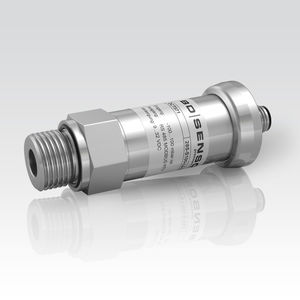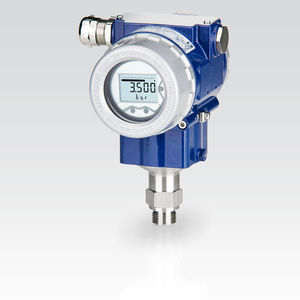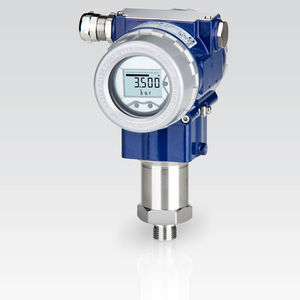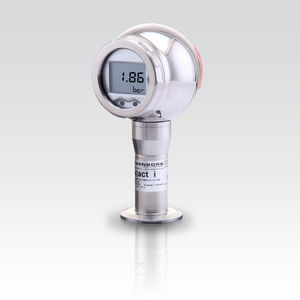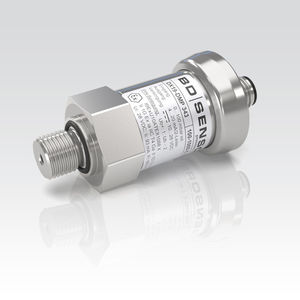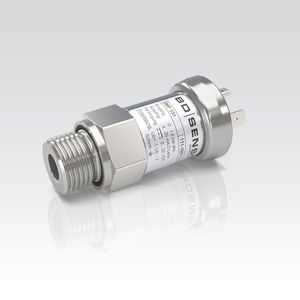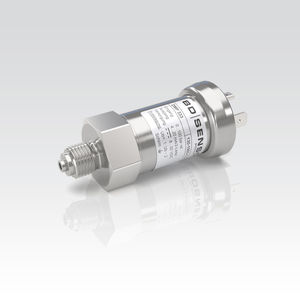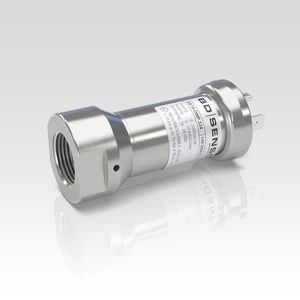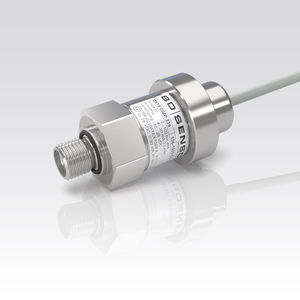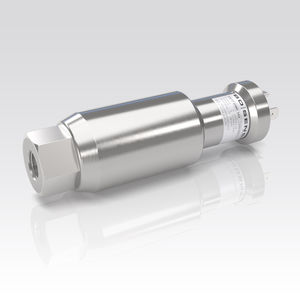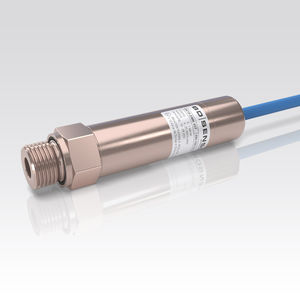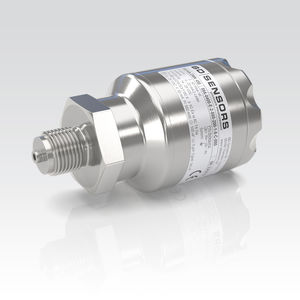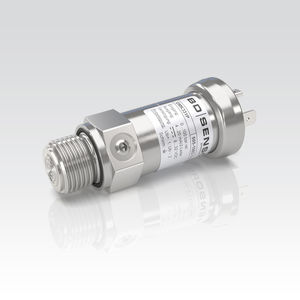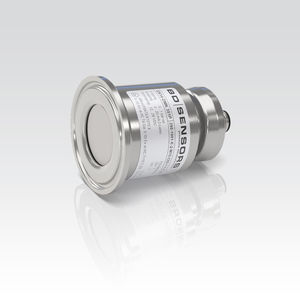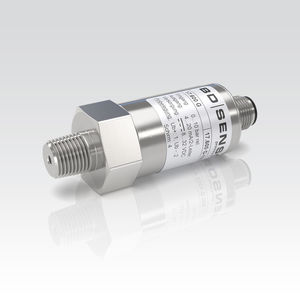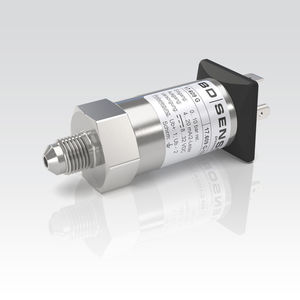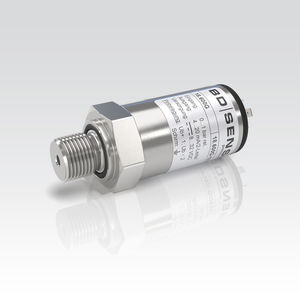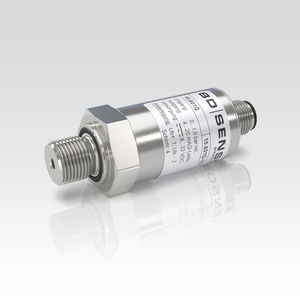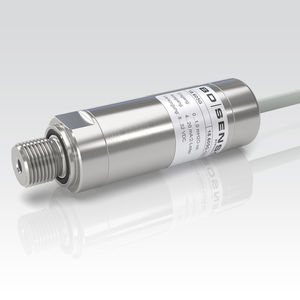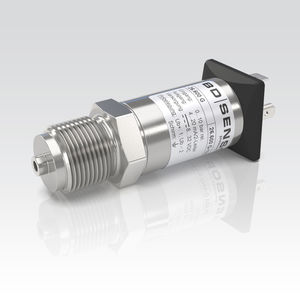
Relative pressure transmitter DMK 387ceramiccapacitive4-20 mA


Add to favorites
Compare this product
Characteristics
- Pressure type
- relative
- Technology
- ceramic, capacitive
- Output
- 4-20 mA
- Mounting
- threaded, O-ring
- Fluid
- for aggressive media
- Material
- stainless steel
- Protection level
- intrinsically safe, ATEX, IP65, IP67, IP68
- Applications
- for pharmaceutical applications, for engines
- Other characteristics
- two-wire, RoHS, high-overpressure
- Pressure range
Max.: 40 bar
(580.15 psi)Min.: 0 bar
(0 psi)- Process temperature
Max.: 125 °C
(257 °F)Min.: -40 °C
(-40 °F)
Description
The pressure transmitter DMK 387 has been specially designed for applications in plant and machine engineering as well as laboratory
techniques and is suitable for measuring small system pressure and filling heights.
By using our own-developed capacitive sensor, available in AI2O3 99.9%, the DMK 387 offers a high overpressure resistance and a high temperature and media resistance. The pressure transmitter is available in an intrinsically safe version for usage in explosive environments.
Product characteristics:
- Nominal pressure from 0 ... 100 mbar up to 0 ... 60 bar
- Output signal: 2-wire: 4 ... 20 mA / 3-wire and others on request
- diaphragm ceramics 99.9 % Al2O3
- accuracy: 0.35 % (opt. 0.25 %) FSO
Optional features
- IS-version
Ex ia = intrinsically safe for gases and dust
- different kinds of inch threads
- pressure port in PVDF or PP-HT for aggressive media
Catalogs
data sheet DMK 387
5 Pages
Exhibitions
Meet this supplier at the following exhibition(s):


Related Searches
- Pressure transmitter
- Pressure gauge
- Level probe
- Liquid level probe
- Analog pressure transmitter
- Pressure switch
- Pressure probe
- Membrane pressure transmitter
- Relative pressure transmitter
- Stainless steel pressure transmitter
- Analog level probe
- Waterproof pressure transmitter
- Threaded pressure gauge
- Stainless steel pressure indicator
- Digital output level sensor
- Digital pressure transmitter
- Waterproof pressure switch
- Absolute pressure transmitter
- Gas pressure transmitter
- Liquid pressure transmitter
*Prices are pre-tax. They exclude delivery charges and customs duties and do not include additional charges for installation or activation options. Prices are indicative only and may vary by country, with changes to the cost of raw materials and exchange rates.










